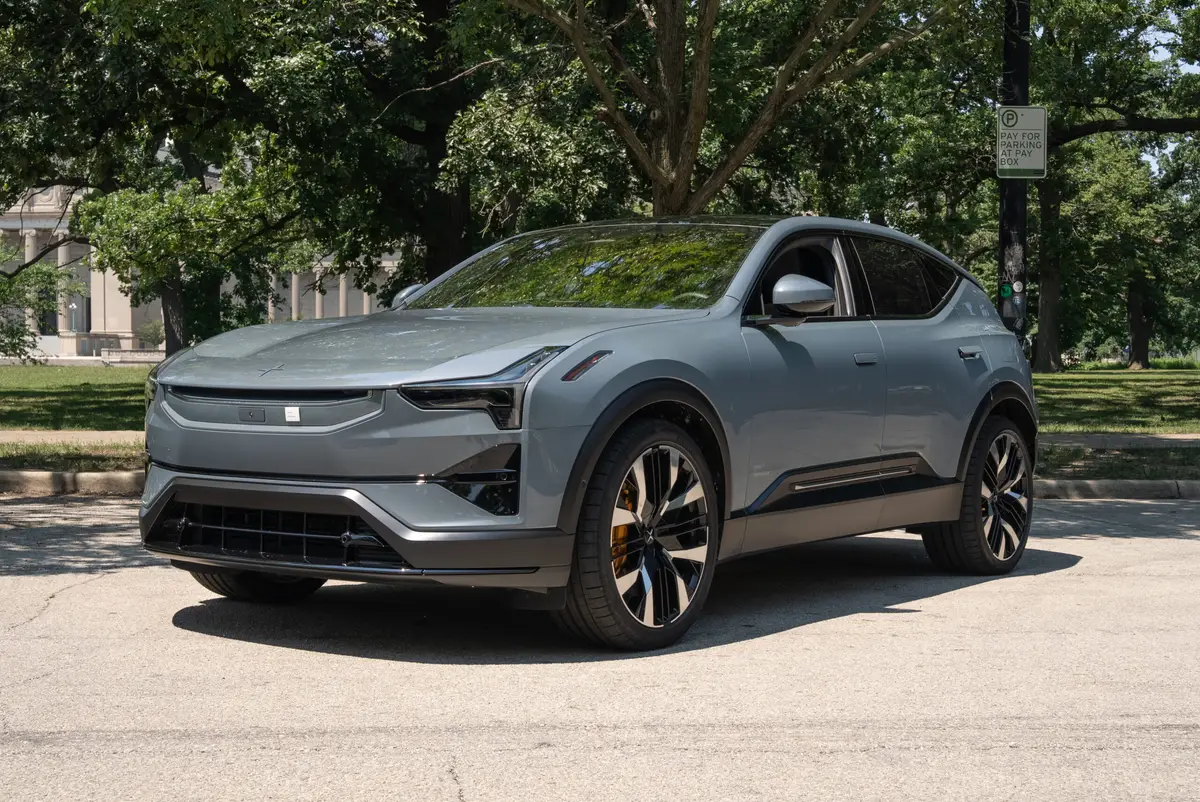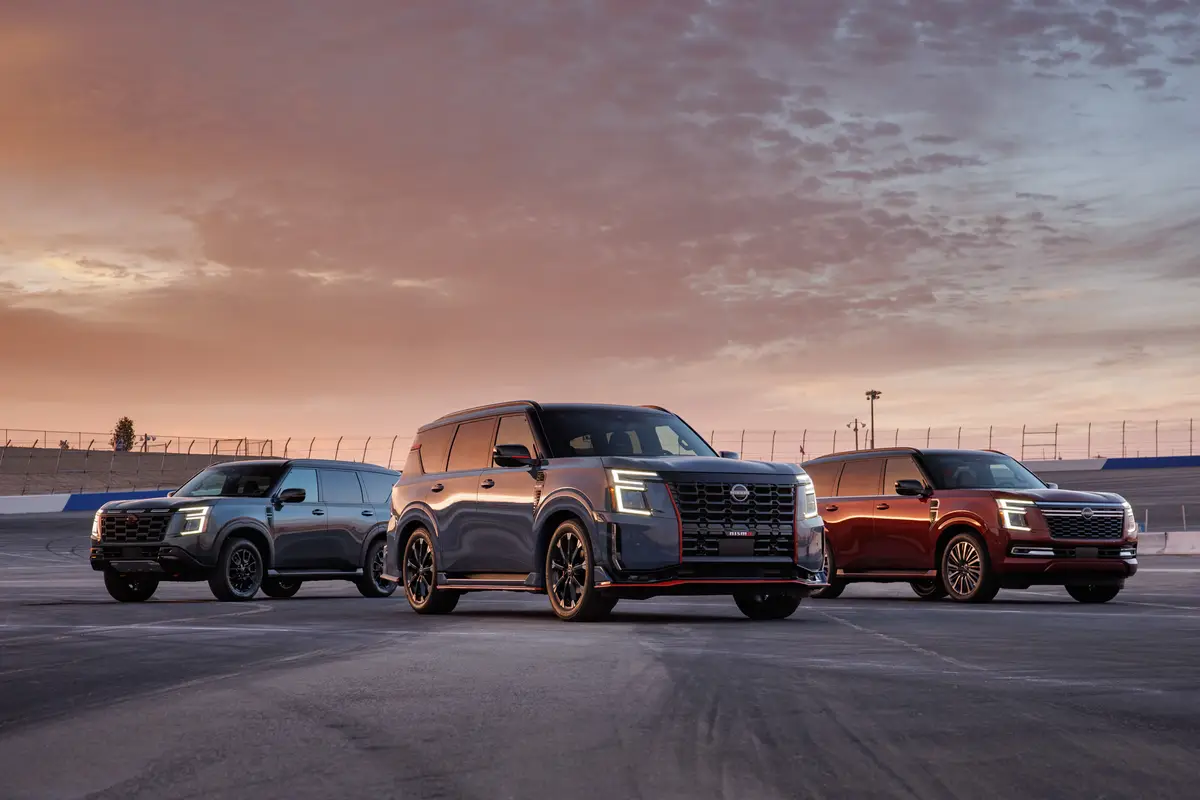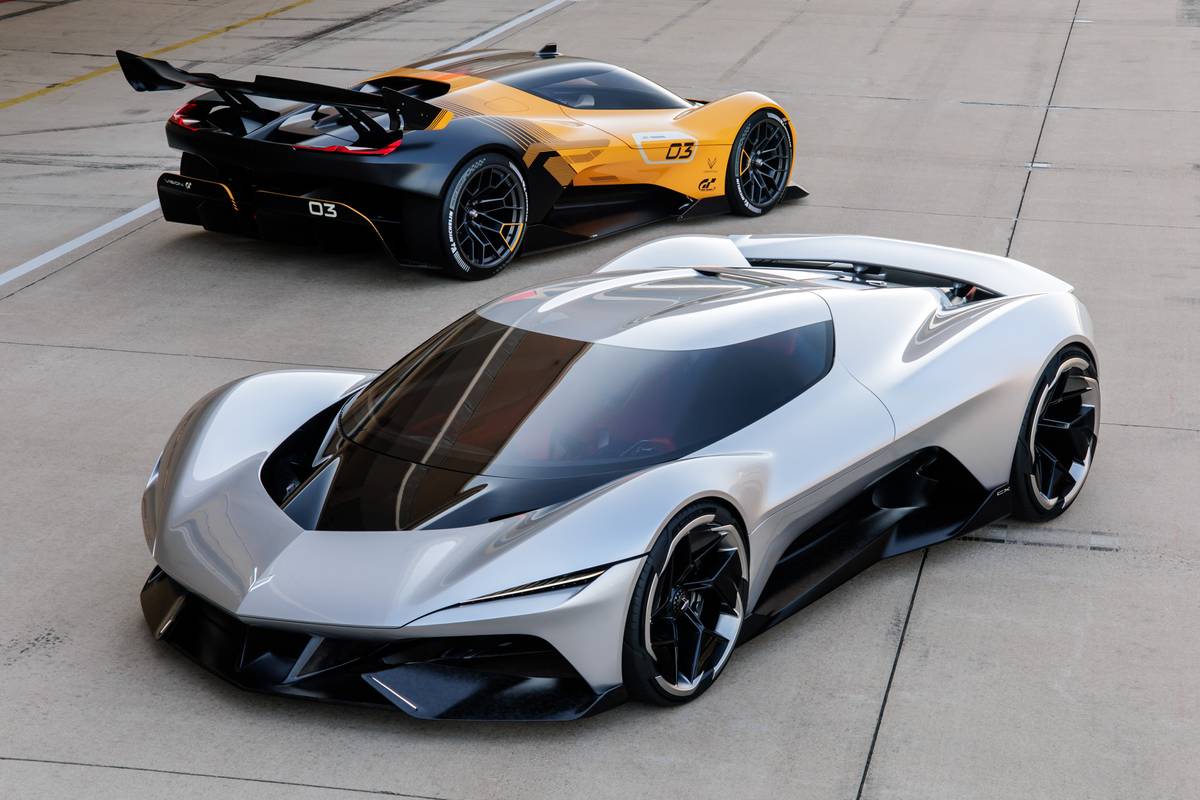Boston.com's view
The Smart Fortwo and a hulking SUV may seem far apart, but they do have something in common: The use of each requires careful consideration.
No one should buy a two-passenger, limited luggage, Smart car for regular long-distance driving, carting family and gear, or even fetching a lot of groceries. And no one would use today’s test vehicle, the 2008 Toyota Sequoia SUV, for heavy-duty commuting, solitary long-distance trips, or even for an endless number of quick trips around town. That’s how these hulking beasts were used by too many drivers in the past, but the soaring price of gas is putting the brakes on at least some old-style SUV yahoos.
That’s not to say that the Sequoia does not have its place. It’s good for towing – even heavy towing – and for carrying gear and seven passengers in three rows of seating and expandable cargo space. And it’s certainly designed for family-oriented, long-distance vacationing.
The first generation of the Sequoia was born of the Tundra pickup truck in 2000. It never really got long in the tooth. But this, the second generation, still manages to offer refinements, a larger size, and improved power. Plus, it comes with standard safety controls, side impact airbags up front, and rollover curtains for all three rows.
If you still need a big SUV, this rendition of the Sequoia is a smooth, incredibly quiet, comfortable, and potentially powerful competitor in a field that is collapsing beneath the weight of gas prices, a growing population of empty-nest baby boomers, and, for some, environmental concerns.
The standard engine is a 4.7-liter V-8 with 276 horsepower and 314 lb.-ft. of torque. The optional 5.7-liter i-Force V-8 engine (as tested) produces 381 horses tugging at 401 lb.-ft. of seemingly bottomless torque. A large trailer would look and feel at home behind this vehicle. Motor Trend magazine says the Sequoia leaps from 0-to-60 miles per hour in just over six seconds. That’s only two seconds per ton of vehicle – pointless in terms of rational use, but impressive in what it says about that five-ton towing capacity.
Exterior design is rounder than the previous versions but somehow more brutish. It is a bit imposing with its big-rig front slatted grill above a thick slit of air intake and a bulging bumper.
The interior is quintessential Toyota. There are no real bells and whistles, but it’s pleasingly functional, with big knobs (they can be used even while wearing work gloves).
The front bucket seats feature more prominent, stiffer bolstering than the past generation, and the second and third rows feel roomier. The second row not only folds flat, but also slides forward for third-row access.
Having owned a first generation Sequoia (we used it for a soccer team, ski team, baseball team carpooling, and towing a water-ski boat), I found this new model surprisingly snappy, catching me unawares at times as it leaped forward with what I thought were subtle touches of the gas from standing stops.
Smooth and quiet on the road, its prodigious torque let its six-speed automatic transmission (five-speed with the smaller engine) play the gear band in seamless variants. The manual mode gives the driver real-life control of up- and down-shifts, a particularly useful feature for New England snow and mud travel, when the four-wheel-drive option should be a must.
It feels big on the highway, particularly the ride height. But the Sequoia does not produce a pervasive feel of potential bad body roll in hard corners, and it does not porpoise in transitions from braking to acceleration (or the other way around).
The Sequoia is among the best of its breed in a market niche that seems to be rapidly shrinking – Toyota is cutting back on the production of the new Sequoia and Tundra. It may be the right vehicle for you, but fair warning: When it comes time to unload it through a trade-in or private sale, expect the market to be limited. Dealers didn’t want to touch my Sequoia when I was ready to trade, and even a sale through a private broker netted thousands of dollars less than it would have in the old days of cheap gas.
———————————————-
THE BASICS Base price/as tested $48,450/$53,184
Fuel economy 14.8 miles per gallon in Globe testing (regular fuel)
COMPETITORS Ford Expedition, Chevrolet Suburban, Nissan Armada
THE SPECIFICS
Drivetrain Four-wheel-drive/rear-wheel-drive standard
Seating Seven occupants
Horsepower 381
Torque 401 lb.-ft.
Overall length 205.1 inches
Wheelbase 122.0 inches
Height 74.6 inches
Width 79.9 inches
Curb weight 6,003 lbs.
THE SKINNY
Nice touch The cavernous storage bin between the front seats. Holds a laptop, hanging files, and a Smart car.
Annoyance The rear window wiper is minuscule.
Watch for A growing number of diesel and hybrid SUVs. It only makes sense.
Latest news

2025 Polestar 3 Review: Understated Electrified Luxury


